News
-
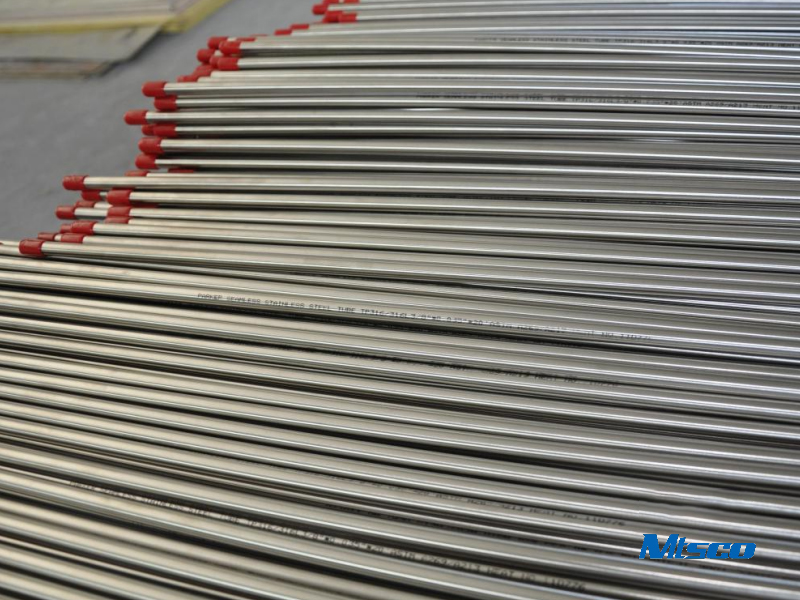
Alloy 400 Tube: Key Features and Industry Usage Explained
Introduction to alloy 400 tubeIn the world of industrial solutions, the Alloy 400 tube stands as a notable player, renowned for its exceptional properties and versatility. As an alloy blending nickel and copper, it brings together the best characteri...Read more -
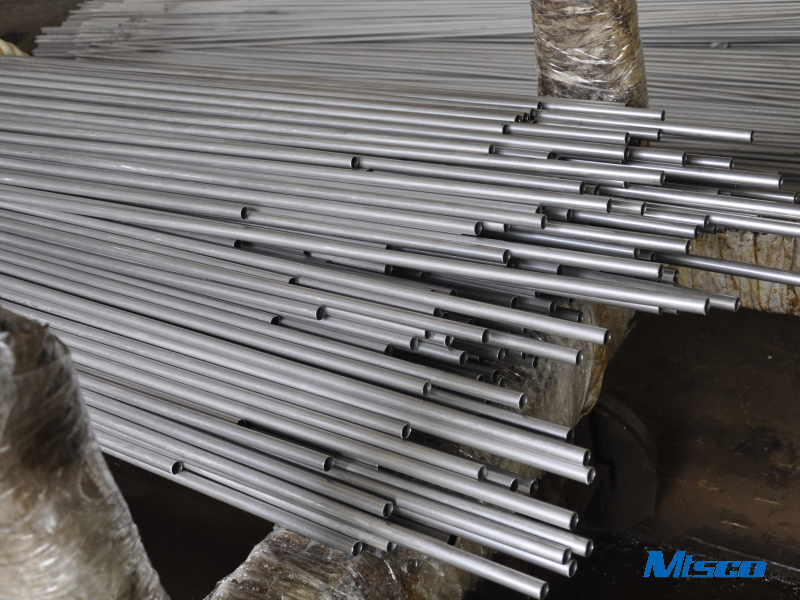
What is Alloy 600 tube used for?
Introduction to Alloy 600 Tubes The industrial world constantly seeks materials that can withstand extreme conditions while providing robust performance and longevity. Among these materials, Alloy 600, an austenitic nickel-chromium-iron alloy, stands...Read more -
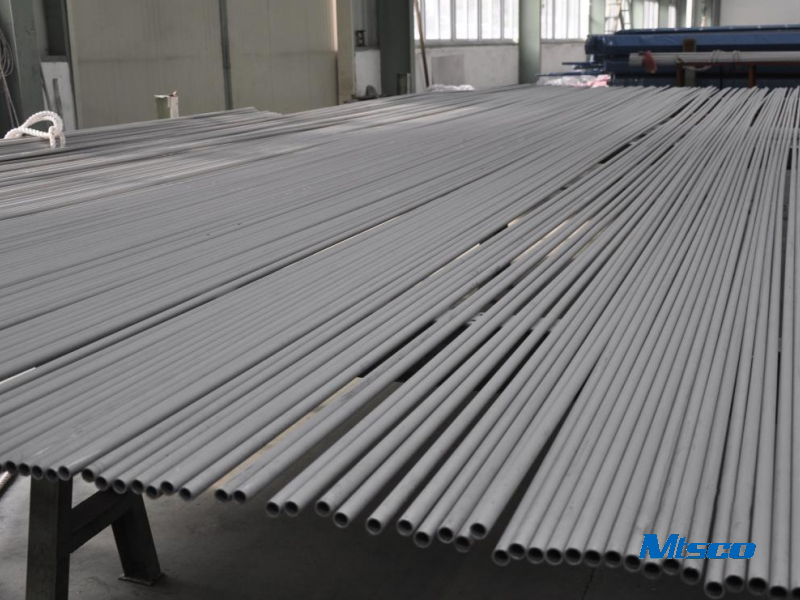
What is Inconel tube?
Understanding Inconel Tubes ● Introduction to Inconel Tubes Inconel tubes, often simply referred to as "Inconel" in industrial circles, are a family of nickel-chromium-based superalloys known for their ability to withstand extreme environments. Origi...Read more -
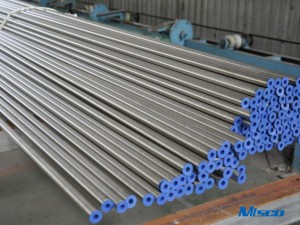
What is the best material for a heat exchanger tube?
Introduction to Heat Exchanger TubesHeat exchangers are vital components in a multitude of industrial processes, allowing for the efficient transfer of heat between fluid systems. The choice of material for heat exchanger tubes significantly affects ...Read more -
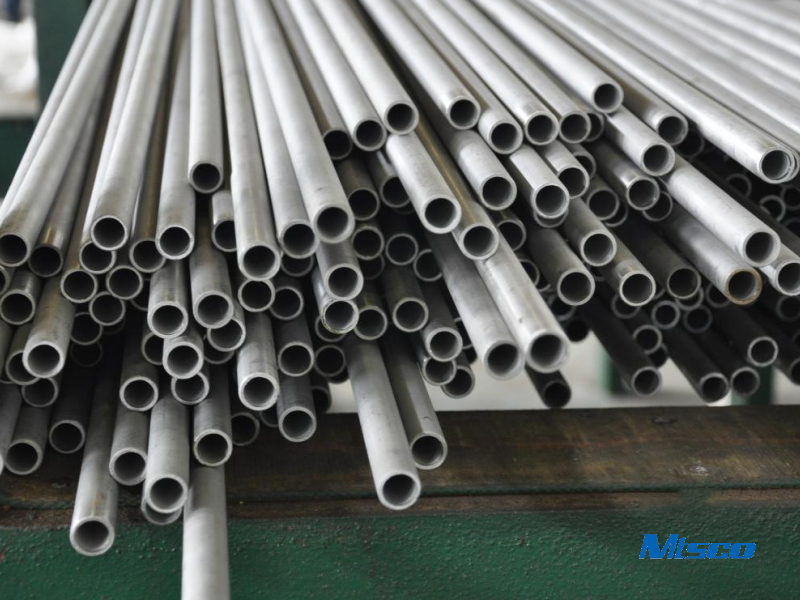
What is Inconel pipe?
Introduction to Inconel Pipe Inconel pipe is an integral component in industries where high temperatures and corrosion resistance are paramount. Known for its remarkable strength and durability, Inconel is an alloy primarily composed of nickel and ch...Read more -
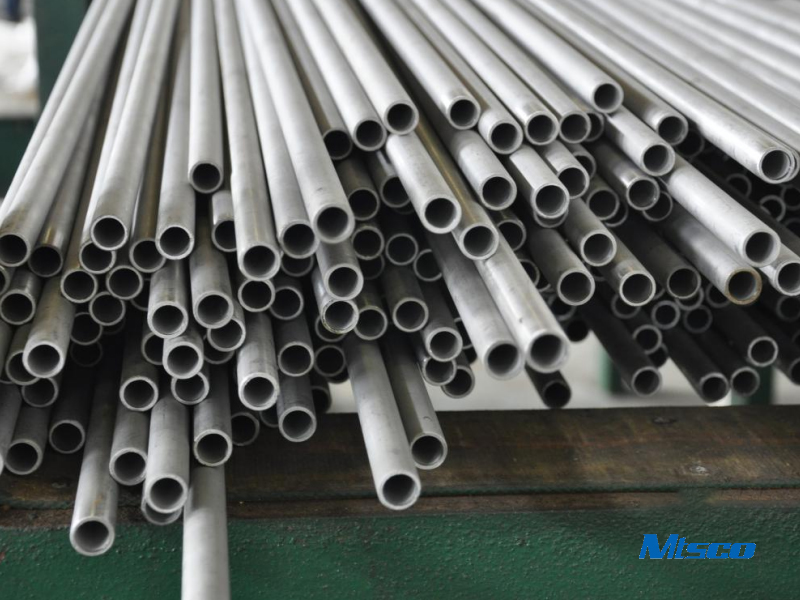
What grade is alloy 625 pipe?
Alloy 625 is a highly versatile material known for its exceptional properties, which make it suitable for various industrial applications. This article will delve into the specifics of Alloy 625, focusing on its grade, characteristics, and applicatio...Read more -
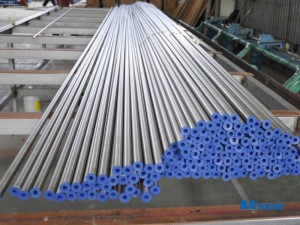
What is nickel alloy tube?
Introduction to Nickel Alloy Tubes ● Definition and Composition Nickel alloy tubes, known for their exceptional resistance to various environmental challenges, are composed of nickel along with other elements like chromium, iron, and molybdenum. The ...Read more -
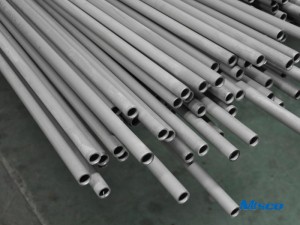
What is the use of heat exchanger tube?
Introduction to Heat Exchanger Tubes Heat exchanger tubes are integral components in various thermal management systems, serving an essential role in the transfer of heat between two or more fluids. These tubes facilitate efficient thermal exchange, ...Read more -
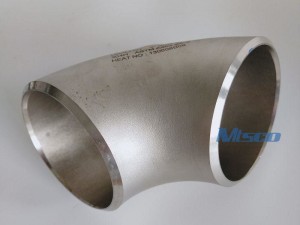
Is alloy 625 and Inconel 625 the same?
IntroductionNickel-based superalloys are renowned for their strength, durability, and resistance to extreme environments. Among them, Alloy 625 and Inconel 625 stand out as particularly versatile materials. Widely used across various industries, thes...Read more -

What is the difference between alloy C276 and 316l?
Introduction to Alloy C276 and 316L Alloy C276 and 316L stainless steel are prominent in the world of industrial materials due to their unique properties and extensive applications. Both materials are highly regarded for their corrosion resistance an...Read more -

What is alloy 718 material?
Introduction to Alloy 718 ● Overview of Alloy 718 Alloy 718, also known as Inconel 718, is a high-strength, corrosion-resistant nickel-chromium alloy. It's widely used in extreme environments that require superior mechanical properties at high temper...Read more -
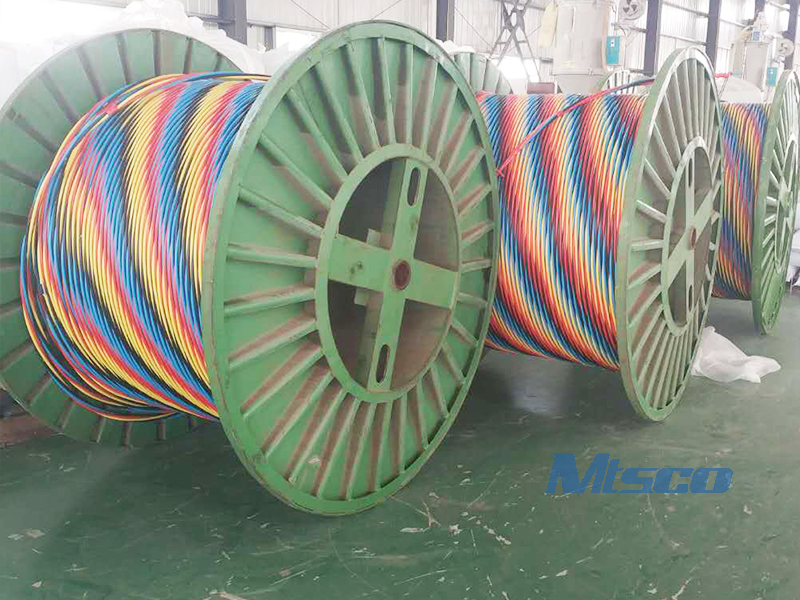
What is the difference between alloy 800 and 825?
Overview of Alloy 800 and 825 Alloy 800 and 825 are both part of the Incoloy family of nickel-iron-chromium-based superalloys, designed to withstand harsh environments and high temperatures. These alloys find applications in various industries includ...Read more

